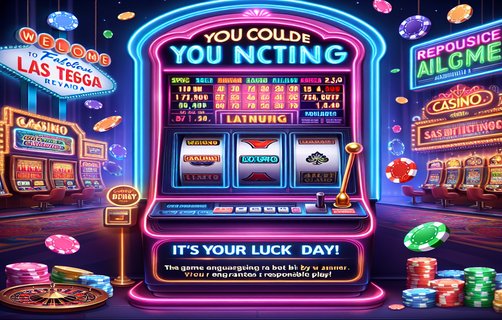Enhancing Ludo Speed: An In-Depth Analysis on User Experience and Game Dynamics
In the gaming industry, particularly within the realm of digital board games like Ludo, the intersection of design innovation and user experience is crucial. This analysis employs designer's thinking to dissect elements such as sticky wilds, bankroll management, and the broader implications of social casino games. Furthermore, we will explore the significance of self-exclusion options, the psychology behind bluff catchers, and the emerging trend of casino unionization for the future of gaming.

Sticky wilds represent a dynamic feature in Ludo Speed that can radically alter gameplay. From a design perspective, this mechanic not only engages players by introducing unexpected variables but also enhances the strategic depth of the game. When implemented effectively, sticky wilds can increase session length while fostering player retention through their unpredictable nature. By analyzing player behavior through big data techniques, developers can tailor the frequency and distribution of these wilds to optimize user engagement without overriding the game's fundamental mechanics.
Bankroll management is another critical factor in the design of Ludo Speed, particularly when considering the casino gaming landscape. Effective bankroll management systems educate players on responsible gaming practices while promoting prolonged interaction with the game. The analysis of in-game spending patterns reveals how players interact with different tiers of stakes and rewards. By leveraging these insights, developers can design a tiered system that encourages players to incrementally invest in their gaming experience, creating a balanced risk-reward structure that appeals to both casual and high-stakes players.
In the context of social casino games, Ludo Speed must address the community aspects that influence player retention. Social elements such as leaderboards, challenges, and tournaments can foster a competitive spirit among users, encouraging regular play. Big data analytics can track social interactions and player feedback to inform design adjustments, thereby enhancing user connectivity and enhancing the overall experience.
The provision of self-exclusion options is a vital aspect of promoting responsible gaming in Ludo Speed. An intuitive self-exclusion mechanism allows players to take breaks, thus mitigating the risk of problem gambling. Analyzing data on player demographics and behavior can assist developers in crafting a user-friendly interface for self-exclusion features, ensuring they are easily accessible while maintaining an emphasis on user choice and control.
The concept of bluff catchers is another layer of strategy in Ludo Speed, especially when considering players’ psychological tactics. Understanding players’ decision-making processes can reveal whether bluff catchers enhance gameplay by creating intense moments of uncertainty and engagement. Data-driven simulations of player interactions could yield insights into effective bluffing strategies and how they impact overall user experience.
Finally, the notion of casino unionization could play a significant role in shaping the future landscape of digital games, including Ludo Speed. A collective approach could empower game developers and players to advocate for ethical gaming practices in a rapidly evolving industry. As data analysis reveals emerging trends in player advocacy and corporate accountability, developers must adapt their strategies to align with the values of their user base.

In conclusion, utilizing a designer's thinking approach in understanding the intricacies of Ludo Speed through big data analysis not only enhances user experience but also drives sustainable engagement in gaming. By focusing on the aforementioned elements, developers can create a nuanced and rewarding gaming environment that resonates with both casual gamers and serious strategists alike.
